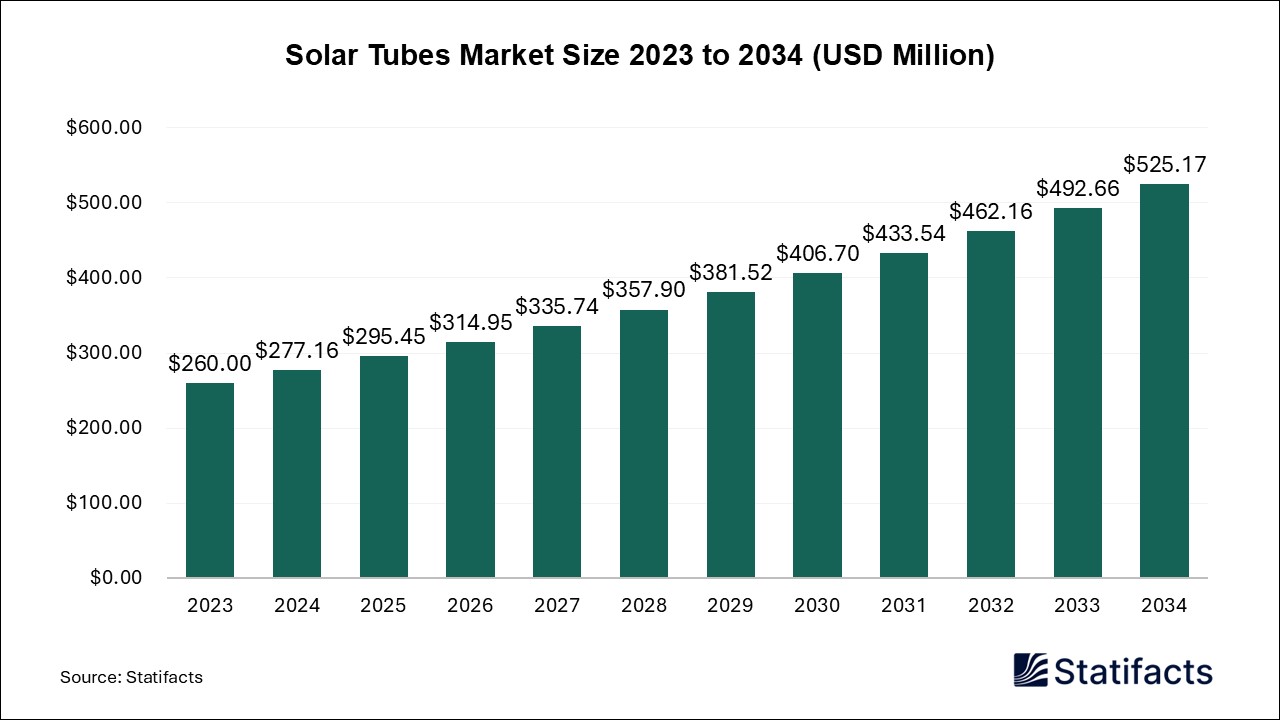
By clicking “Accept All Cookies” you agree to the storing of cookies on your device to enhance site navigation, analyze site usage, and assist in our marketing efforts.
Privacy PolicyThe North America herbal extract market size was estimated at USD 6.07 billion in 2024 and is projected to be worth around USD 15.01 billion by 2034, growing at a CAGR of 9.47% from 2025 to 2034.
| Industry Worth | Details |
| Market Size in 2025 | USD 6.85 Billion |
| Market Size by 2034 | USD 15.01 Billion |
| Market Growth Rate from 2025 to 2034 | CAGR of 9.47% |
Demand for herbal extracts in the North American market is expected to grow owing to an increased consumer inclination towards natural and plant-derived ingredients within food, beverage, pharmaceutical, and personal care sectors. This awareness is dependent on health, wellness, and sustainability. Companies in North America are moving in different directions for product ranges and are investing in research and development to generate superior quality, thus producing effective herbal extracts. Recent technological improvements in extraction methods have led to the presence of more bioactive compounds in the extracts, and with the overall effect being enhanced efficacy of these products.
In an increasingly competitive North American market, firms are seeking strategic alliances to gain an edge through superior technologies. Powdered herbal extracts have predominated, but liquid and encapsulated forms are fast becoming popular. These extracts are ever-growing in importance in the making of dietary supplements, functional foods, and cosmetic formulations, although the pharmaceutical and nutraceutical industries are most active. The North American herbal extract market is a dynamic arena wherein innovation meets consumer preference and sustainability.
The North American herbal extract market confronted various challenges due to high production costs paired with fluctuating raw material prices. Herbal extraction operations demand specific machinery and advanced technologies, which often entail high capital and operational costs. With the growing concern for regulatory standards in developed markets, production costs soared, thanks mainly to the lengthy processes of product testing and certifications. Yet, with the limited geographic range of medicinal plants, the supply chain remains vulnerable to interruptions. Interferences include said weather-related crop failures, labor shortages, and transportation problems with obtaining raw materials consistently. Price volatility sets in, compromising the profit margins of manufacturers.
The field of the herbal extract market has witnessed rapid growth due to a steady demand for natural and plant-based products. The application domain remains very promising in skincare and cosmetics, wherein herbal extracts are being incorporated due to shifting consumer preferences for organic and clean-label beauty products. Food and beverage activities serve as a vibrant platform for the herbal extracts, as these are used for imparting flavor and function in myriad applications. Greater investments joined with partnerships are channeling towards growth in innovation and commercialization, thereby furthering the growth in product development, with research institutions and biotech firms acting as collaborative partners in product development and market penetration-oriented initiatives. Simultaneously, the pharmaceutical industry is evolving, watching the new and emerging application landscape for herbal extracts as natural alternatives in drug formulations and wellness interventions. Thus, these emerging applications and strategic measures are setting forth the growth prospects in the herbal extract market.
The fruits, flowers and bulbs segment underwent notable growth in the market during 2024. Fruit and flower-based herbal extracts are rich in antioxidants, sugars, and organic acids. These compounds are used in the food and beverage sector to add color and flavor to products. These are also used in cosmetics and skincare for their anti-inflammatory, antioxidant, and hydrating properties. Extracting herbal essences from fruits, flowers, and bulbs involves processes such as filtering, pressing, and concentrating juice to get a proper extract.
The leaves segment is anticipated to expand rapidly in the North American herbal extract market. Leaf-based herbal extracts contain a high concentration of flavonoids and phenolic compounds. These have a variety of applications, including in food preservation, cosmetics, nutraceuticals, and pharmaceuticals, due to their superior antibacterial, anti-inflammatory, antifungal, or anti-cancer properties. Leaf-based extraction processes involve grinding, blending, and separating the essences obtained to create a consistent herbal extract.
The phytomedicines segment showed noteworthy growth in the market. Phytomedicines are derived from a variety of herbal sources, including leaves, tubers, roots, bark, and other plant extracts. These are harnessed for the various substances such as basic metabolites, phenolic compounds, terpenes, alkaloids, and glycosides. These are harnessed for their specific pharmacological properties for the human body. These are used to make several kinds of emulsions, apozems, liniments, electroactives, and decoctions.
The essential oils segment is anticipated to demonstrate steady upward momentum during the forecast period. The growing popularity of aromatherapy is leading to an increase in use of essential oils, which are plant extracts that can be inhaled or applied topically. Some users also ingest these oils for their antimicrobial, antiseptic, and antifungal properties.
The food & beverages segment saw strong growth during the studied period. The food and beverages segment will remain atop the herbal extract markets, mainly due to increased consumer consideration about natural, plant-based, and minimally processed products.
The personal care and cosmetics segment showed substantial gains in the market. Food concoctors request herbal extracts as flavor enhancers, producers of a better-quality product, or for their functions in extending shelf life. Awareness about health and wellness has increased the importance of consuming herbal-functional foods and beverages created with herbal extracts; thus, the demand has increased. Emerging concerns about the possible side effects of synthetic-based products are redirecting both market players and the consumers themselves toward herbal-based skincare and cosmetic preparations. Manufacturer consideration for the use of herbal extracts is influenced by the belief that they are safer, friendlier to the skin, and suitable for clean beauty formulations.
Published by Vidyesh Swar
To get full access to our Market Insights, you need a Professional Account or a Business Suite.

You will receive an email from our Business Development Manager. Please be sure to check your SPAM/JUNK folder too.

You will receive an email from our Business Development Manager. Please be sure to check your SPAM/JUNK folder too.

Our customers work more efficiently and benefit from



